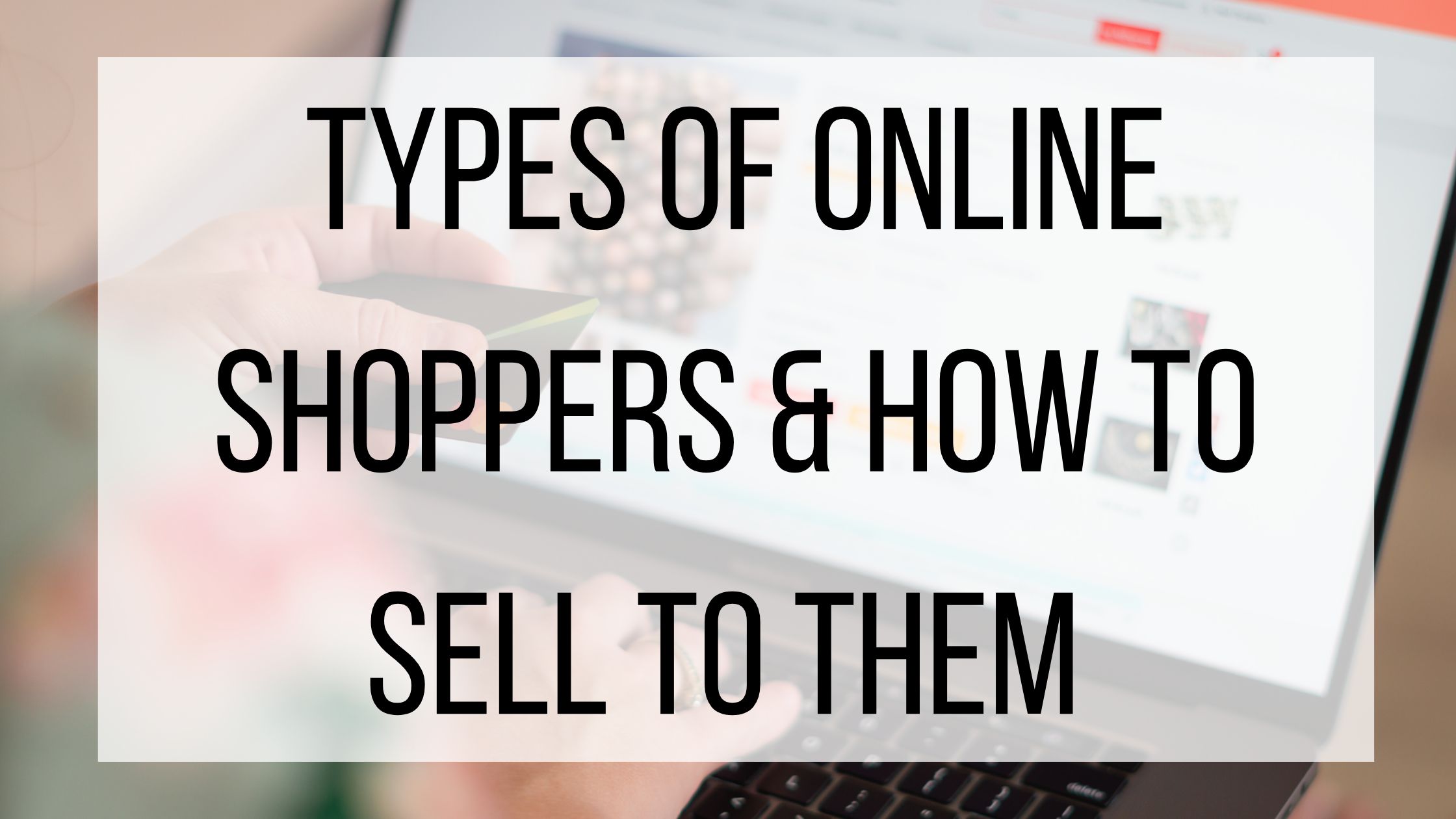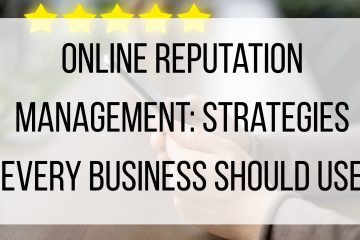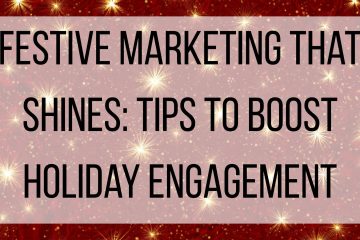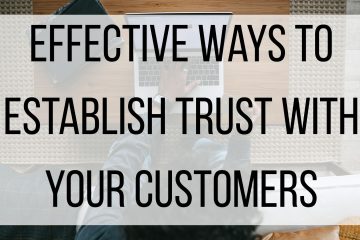Types Of Online Shoppers & How To Sell To Them

At the heart of any successful business is the goal to attract new customers, and keep the ones they already have coming back. However, not every online shopper is looking for the same thing. Understanding the different types of customers can help you tailor your approach, meet their unique needs, and create a shopping experience that keeps them engaged. Here are five common types of online shoppers and how you can help give them the best experience possible.
Need-Based Shoppers:
Need-based shoppers visit your website to purchase exactly what they need. When purchasing a new-to-them product, they will take their time researching to determine what the best option is for them. Making your product easy to find on your website, optimizing your SEO, and giving them plenty of information about the product encourages them to go through with making a purchase from you. Adding too many pop-ups or making your product difficult to find will drive them away. They are on your website with a very specific purpose, so do your best to make it easy and accessible for them to finalize their order.
Bargain Shoppers:
A bargain shopper’s top priority is finding a good deal. These are shoppers that are willing to spend the extra time and effort to find the lowest price. Bargain shoppers are not usually loyal to one brand, as spending the least amount of money is their top priority. Bargain shoppers are probably not your top target, but they can turn into repeat customers if they like the quality and pricing of your products. Lowering your products for the sole purpose of attracting bargain shoppers is not a good business plan, but refocusing their attention to the value you offer at a fair price point can keep them coming back.
Impulse Shoppers:
Impulse shoppers aren’t actively searching for a specific item—they come across something unexpectedly and decide they must have it. One of the most effective ways to capture their attention is through targeted advertising. If they’re scrolling through social media and your product catches their eye, that could spark an instant desire to buy. Once they visit your landing page, keep them engaged with high-quality, eye-catching images and a seamless checkout experience. It’s also very important that your product description is accurate, as setting the right expectations helps avoid disappointment and increases the chances they’ll come back for more.
Window Shoppers:
Online window shoppers tend to browse for inspiration, potential gifts, or just for entertainment. Because they’re not looking for anything specific, turning them into buyers can be tricky. To grab their attention, make your products as engaging and visually appealing as possible. Since they can’t experience the items in person, use features like product videos, close-up images, and detailed descriptions to help them get a clear sense of what you’re offering. Featuring bestsellers on the homepage, offering first-time buyer discounts, or sending them a cart reminder email can help give them a gentle nudge to make a purchase as well.
Loyal Customers:
Loyal customers are the best customers to have- they’ve shown a genuine appreciation for your products and may have even recommended them to friends or family. To maintain that connection and further build your relationship, consider launching a loyalty program where they can earn points for discounts or get early access to new products and special promotions. With their permission, keep them informed through emails or SMS about exciting updates and new offerings. These customers are valuable to your business, so make them feel appreciated and reward their continued support!
Knowing what types of shoppers there are helps you adjust your strategy and accommodate for each one. Identify their needs and encourage them to take action, and before you know it you’ll find yourself with new loyal customers.



1 Comment
fisui · April 16, 2025 at 3:39 am
Great insights on understanding different types of online shoppers! Tailoring your approach to each type—whether through ease for need-based shoppers, value for bargain hunters, or rewards for loyal customers—can really boost engagement and sales.